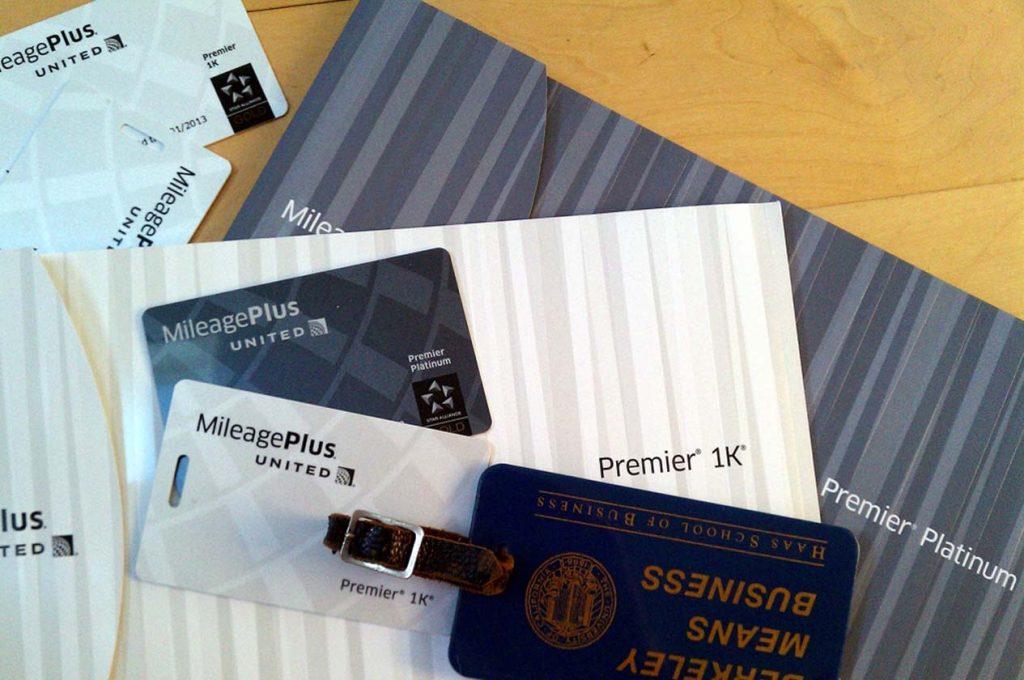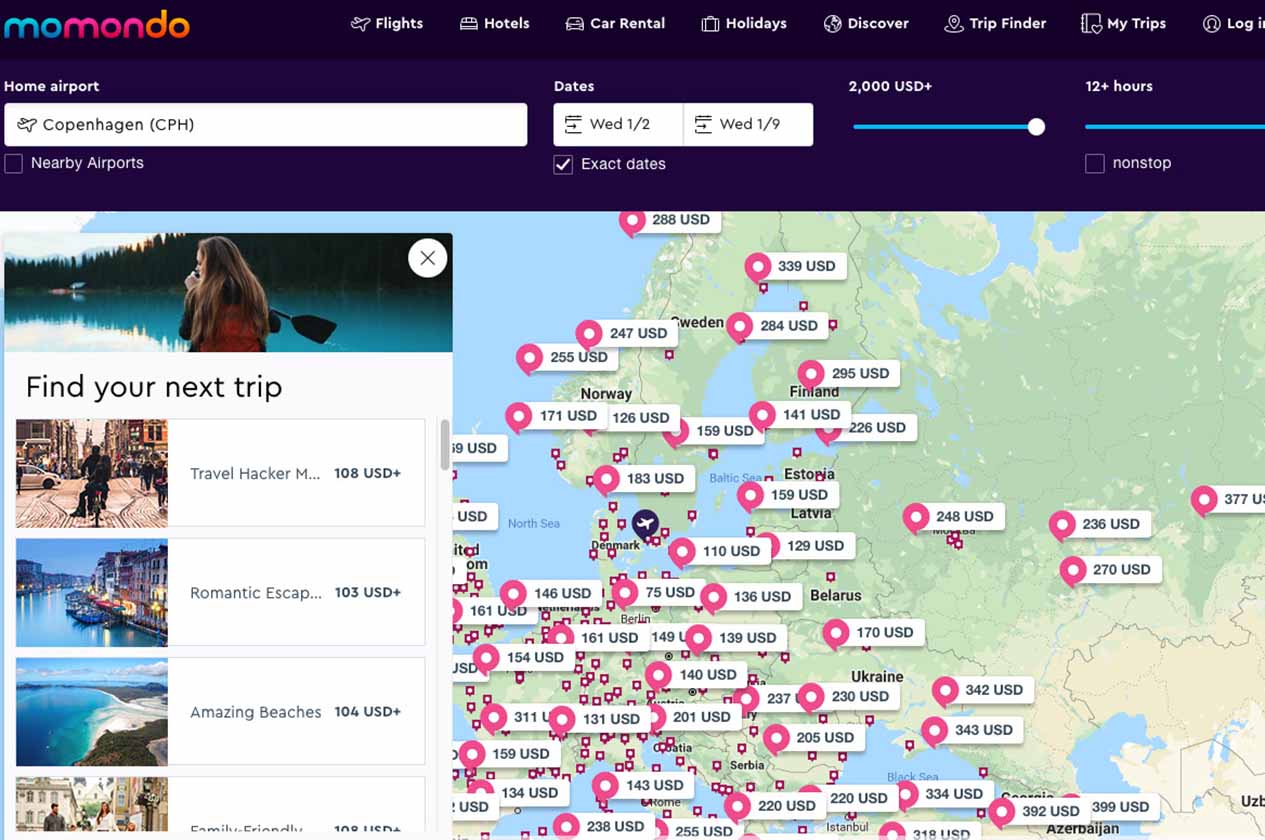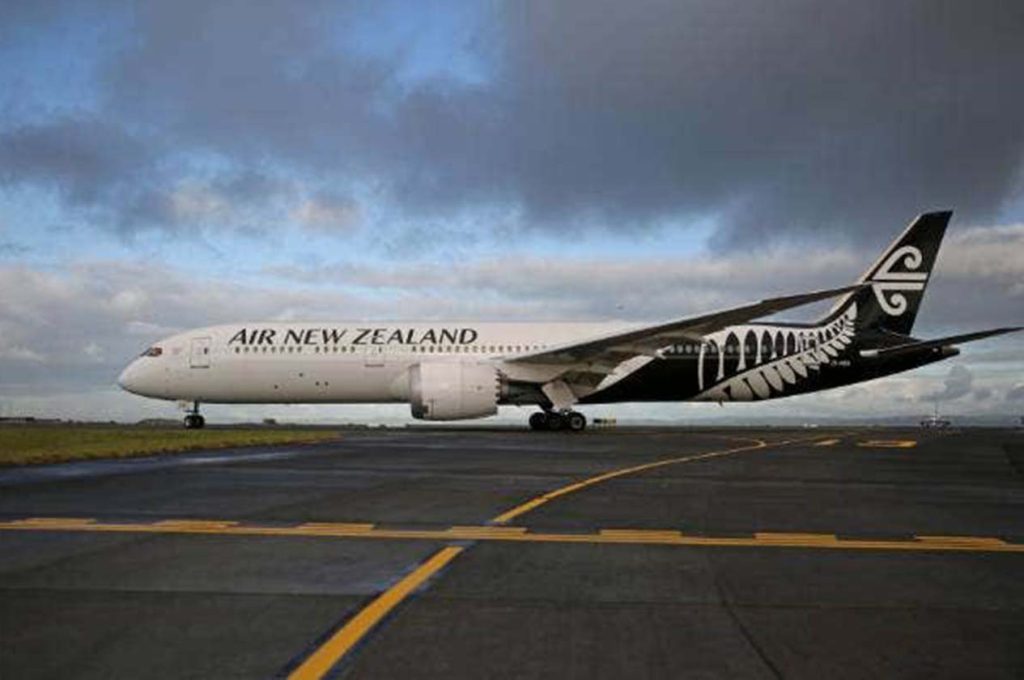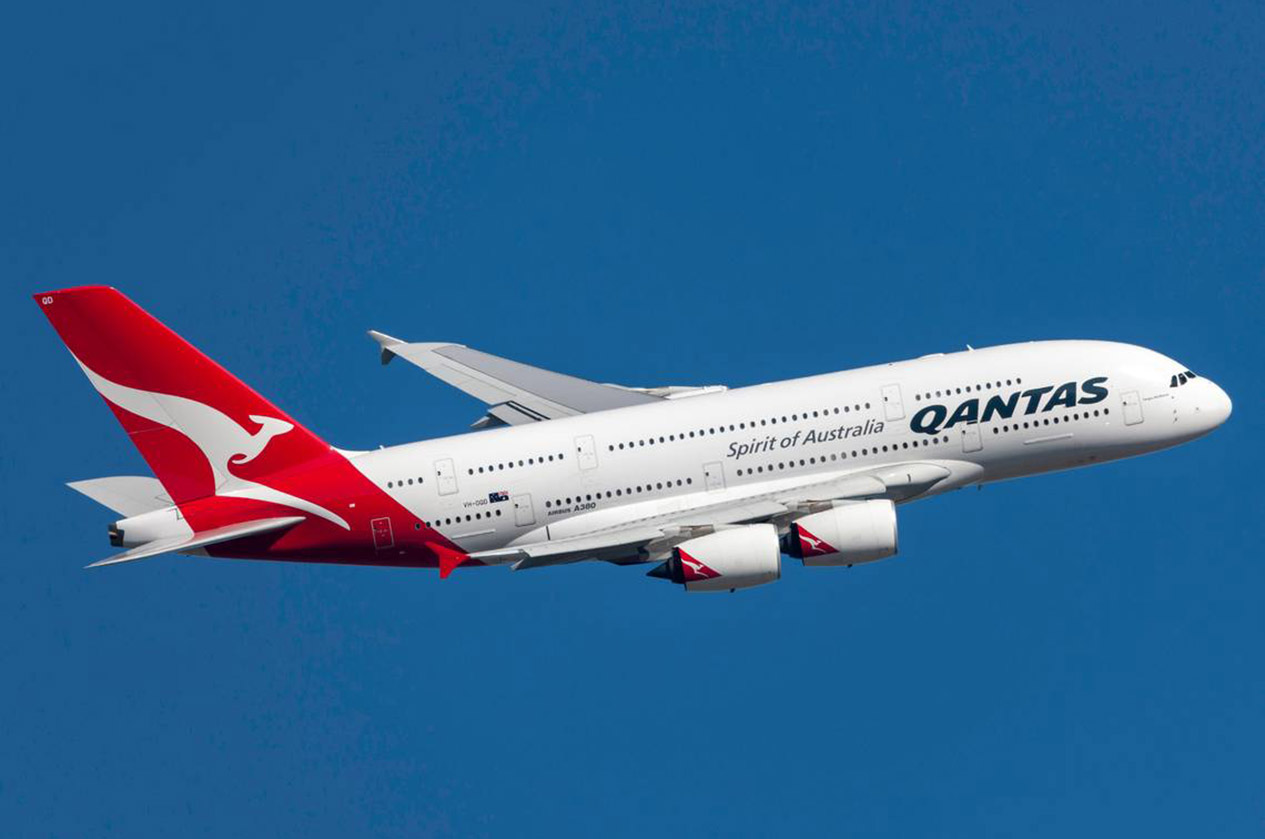Every time I plan a trip to San Diego, I spend a significant amount of time figuring out how to save on flights. Years of travel experience have taught me many practical tricks, especially when flying to popular destinations like San Diego. After countless trials and comparisons, I’ve developed a reliable system for dodging high prices and crowds, allowing me to reach San Diego at the best possible rate.
Understanding San Diego’s Travel Seasons and Picking the Right Time to Go
To save money on flights, the most important step is avoiding the “peak seasons.” San Diego enjoys pleasant weather year-round, but certain periods attract more tourists and drive up prices:
- Summer (June to August): This is the most expensive time of the year. With school breaks and family vacations, flights are in high demand, and prices can double unless booked at least three months in advance. The beaches are packed, accommodations are scarce, and even budget airlines raise their fares significantly during this time.
- Spring Break and Christmas (March and December): These are also high-demand periods. Around Christmas, finding a cheap flight is nearly impossible. Spring break brings a wave of student travel, while December sees holiday family reunions and winter getaways, causing fares to surge.
- Holiday Weekends (e.g., Thanksgiving, Memorial Day, Labor Day): Expect a surge in ticket prices. Demand spikes during these long weekends, and if you’re not booking months ahead, affordable options vanish quickly.
The best times to go are during San Diego’s shoulder seasons—mid-January to early March and mid-September to early November. The weather is still beautiful, but there are fewer tourists, and flight and hotel prices drop significantly. I love traveling in mid-October because it combines warm, sunny days with off-season affordability. You can enjoy popular attractions without the crowds and easily book last-minute accommodations and activities without breaking the bank.
Booking in Advance: When to Buy for the Best Price
Knowing the ideal booking window is essential for saving money. Based on my personal experience and tracking airfare trends, here’s what works:
- International Flights: Book 2 to 3 months in advance. Especially for routes from Asia or Europe, booking early ensures better options and lower prices. You’ll get a wider selection of seats, more favorable flight times, and a better chance to use miles or credit card points efficiently. Waiting too long may mean paying hundreds more or facing inconvenient layovers.
- Domestic Flights (within the U.S.): Book 30 to 45 days ahead. Booking too early may mean missing promotions; too late, and prices spike. Airlines often release the best deals during this window, and by monitoring trends, you can secure top value without sacrificing convenience or schedule.
- Tuesdays and Wednesdays: Airlines often update fares midweek, and flash sales frequently appear during these times. I often set fare alerts on Monday nights to catch price drops as they go live on Tuesday mornings—some deals only last a few hours.
- Late-Night Booking: I’ve found some of my best deals between 1 a.m. and 3 a.m., especially in the week or two leading up to departure when airlines release unsold inventory. These red-eye deals are great for flexible travelers and often come with surprisingly good flight times, especially on weekdays.
Flexibility helps. Tools like Google Flights and Skyscanner’s “flexible dates” features show the cheapest days to fly. Sometimes shifting your trip by just one day can save over a hundred dollars. Being open to flying a day earlier or later, or even from a nearby airport, can dramatically reduce your costs while adding only minor adjustments to your itinerary.

Combining Search Engines and Airline Websites for Best Results
Relying on a single platform isn’t enough. I usually combine several tools to cross-check:
- Google Flights: Great for quick searches, price trends, and tracking. I use it for initial filtering.
- Skyscanner: Perfect for finding the cheapest day of the month and multi-leg routes.
- Momondo: Often uncovers hidden fares, great for budget options.
- Hopper: Uses AI to predict future prices and advises whether to buy or wait.
- Airline Websites: After identifying a flight, I always check the airline’s official site for member deals, better baggage options, or loyalty perks.
My usual approach is: use Google Flights to find low-fare days, verify on Skyscanner for cheaper combinations, then double-check the airline’s site to see if the ticket includes luggage or meals. Only after comparing all this do I book.
Consider Layovers—A Detour Can Save Big
Nonstop flights are convenient, but they often come at a premium. I’ve saved hundreds by choosing to connect through major hubs like Los Angeles or San Francisco.
Common money-saving layover routes include:
- Asia – Los Angeles – San Diego: Routes from cities like Tokyo, Seoul, or Taipei often have cheap flights to LAX. From there, it’s a short one-hour hop on United or Alaska Airlines to San Diego.
- Europe – New York/Chicago – San Diego: East Coast gateways are usually cheaper from Europe. Then, flying to San Diego is more competitive and budget-friendly.
Sometimes, I even plan a one-night layover in LA, then take a train or drive to San Diego. This approach not only cuts costs but adds an extra city to explore.
Using Airline Miles and Credit Card Points for Free Flights
Over the years, I’ve accumulated a considerable amount of frequent flyer miles and credit card reward points, which have made a real difference in reducing my travel expenses. These rewards have allowed me to book flights to San Diego without spending a dime on airfare, and they’ve often helped me upgrade to better seats or add luggage for free. Strategic use of points has become a core part of how I plan my trips.
- Frequent Flyer Programs: Programs like United’s MileagePlus, Delta’s SkyMiles, and Alaska Airlines’ Mileage Plan are some of the most valuable tools in my travel arsenal. By consistently flying with these airlines and crediting my miles, I’ve been able to build up enough for award redemptions. For instance, I redeemed MileagePlus miles for two round-trip flights between San Francisco and San Diego, each time only paying taxes and fees. Joining these programs is free, and the benefits grow the more you fly and use affiliated services.
- Credit Card Points: Travel credit cards from issuers like Amex, Chase, and Citi allow you to earn points on everyday purchases, which can then be transferred to airline partners or used directly through travel portals. I use my Chase Sapphire Preferred for most travel and dining expenses, which earns double points. Once, I booked a $350 Delta ticket using just 20,000 Chase Ultimate Rewards points by redeeming through their portal—saving me the full cash cost. Some cards also offer booking discounts, travel protections, and bonus categories that accelerate point earnings.
To make the most of these options, it’s essential to plan ahead and remain flexible with travel dates. Award seats—especially for popular routes or during peak seasons—can disappear fast. I usually start searching at least two to three months before departure, which gives me a better chance of finding availability at the lowest redemption rates.
Avoiding Hidden Fees and Traps
Some tickets appear cheap but balloon in price once you add baggage, seat selection, and food fees. Here’s what I always check before buying:
- Baggage Fees: Low-cost carriers like Spirit or Frontier charge hefty fees, even for domestic flights. I prefer airlines that include at least one free checked bag or use co-branded credit cards to waive fees.
- Seat Selection: Some carriers default to random seating unless you pay. I like window seats but will skip seat selection if the fee is unreasonable.
- Layover Duration: Too short risks missed connections; too long can be exhausting. I aim for layovers of 2 to 4 hours.
- Change and Refund Policies: Post-COVID, flight changes are more common. I favor tickets that allow free rescheduling or at least partial refunds.
Using Multi-City Routes for Flexibility and Savings
One trip from Shanghai to San Diego, I skipped the direct route and built a “multi-city” itinerary:
- Shanghai – Los Angeles (long-haul)
- Two-day stopover in LA
- Los Angeles – San Diego (short hop)
This setup gave me time in two cities and surprisingly cost less than a single long-haul ticket to San Diego. If you’re not in a rush and love discovering new places, this strategy is a gem.

Staying Alert for Flash Sales and Limited-Time Deals
Airlines often release short-term promotions like “domestic flights from $79” or “roundtrip to San Diego for $150.”
I subscribe to several deal websites and newsletters:
- The Flight Deal
- Secret Flying
- Scott’s Cheap Flights (now called Going)
These sites send alerts for mistake fares and flash sales. Thanks to them, I once scored a roundtrip business class ticket to San Diego for just $298—an amazing value.
Also, following airlines on social media and enabling app notifications helps me catch exclusive deals early.
Optimizing Each Trip for Better Value
Looking back at my many journeys to San Diego, I’ve realized that airfare prices are never fixed. With flexible planning, smart timing, and the right tools, I’ve managed to travel more while spending less.
And every dollar saved on flights means more to spend on better hotels, great food, and memorable activities in San Diego. The city’s sunny coastline, welcoming vibe, and rich culture keep drawing me back. Each visit brings something new—and with these booking strategies, getting there is easier and more affordable than ever.
I hope these tips help you plan your next San Diego adventure with ease and savings. Whether it’s your first time or your tenth, booking the right flight is the first step to a smooth and enjoyable trip. See you in sunny San Diego!




